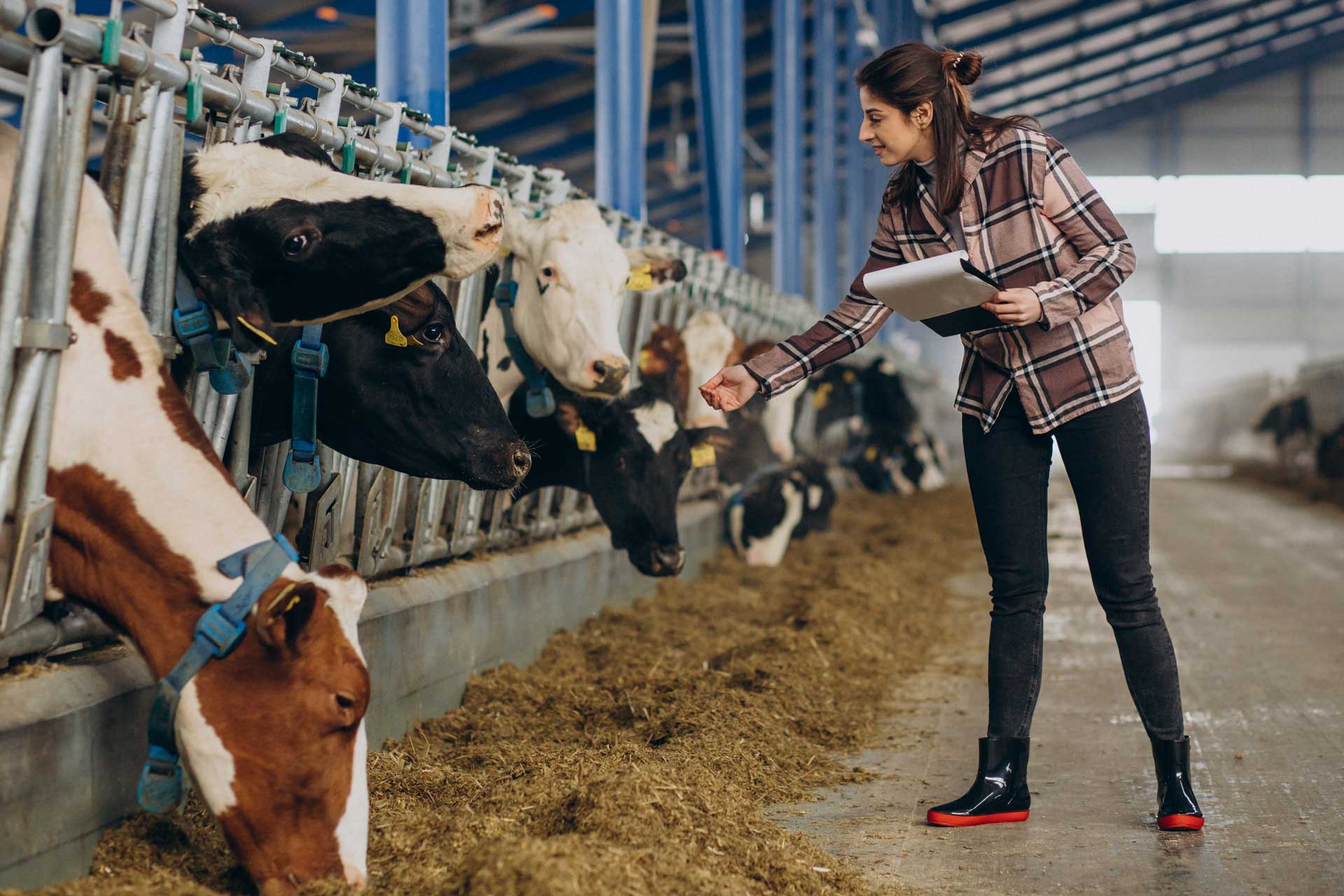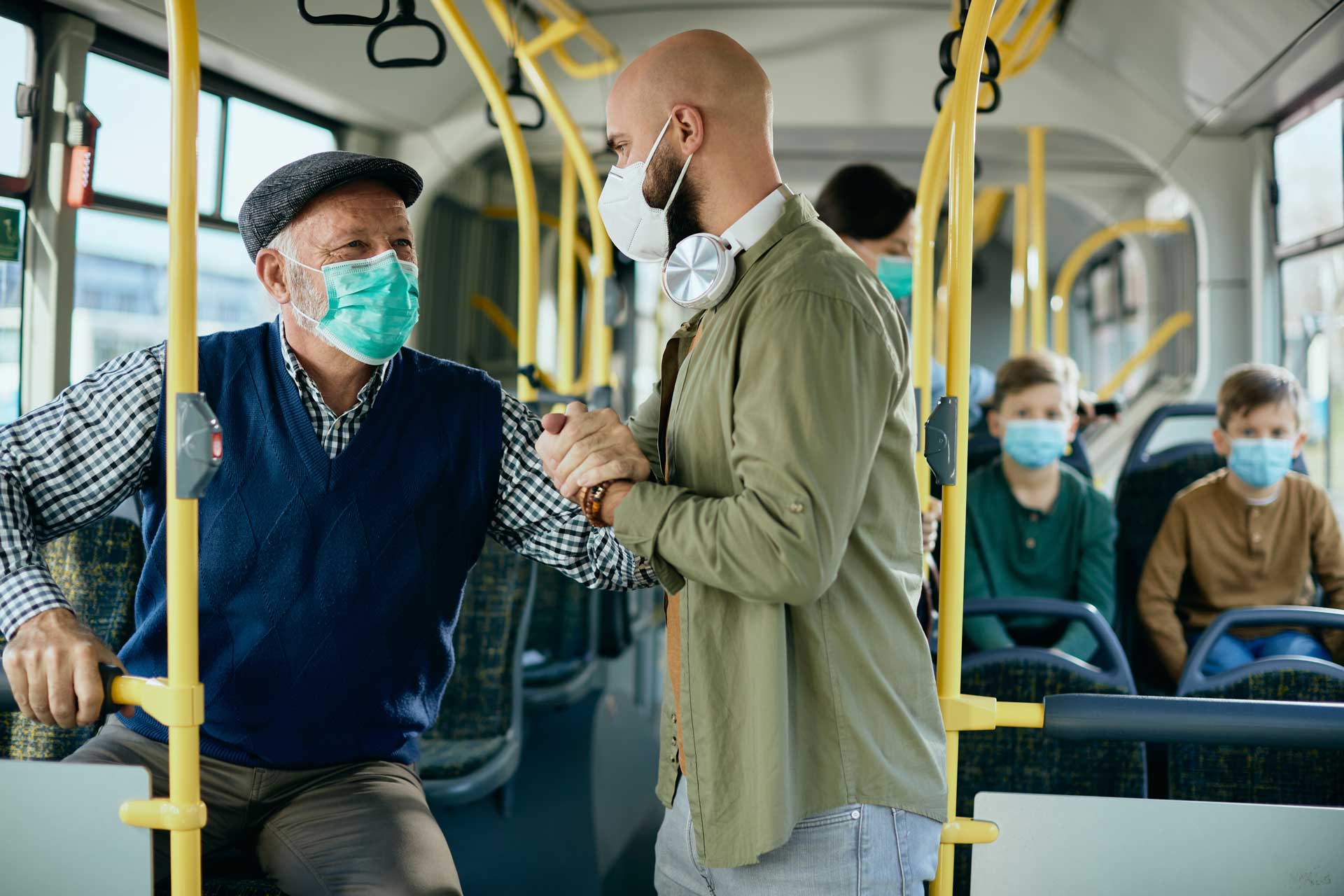When it comes to ensuring the air you breathe is clean and healthy, choosing the best air purifier technology for your home or office can make all the difference. Indeed, with so many technologies and options available, it’s difficult to be sure of which one is best for your needs.
In order to help you out, let’s take a look at what technologies are available for an air purifier in your home or office. What are the key parameters to consider ? And most importantly, what is the best choice you can make for your health, comfort, and of course, your wallet ?
Key Factors to Choose the right Technology when buying an Air Purifier for Your Home or Office
Home Room Size or Office Space Size
The size of the room in which you plan to use the air purifier is an important parameter to consider. Air purifiers are designed to best work within a certain room volume, which makes it all the more essential to choose a model appropriate for the size of the space where it will be installed.
Type of Pollutants Air Purifier Technologies are best at targeting
By design, air purifiers target different types of pollutants. For example, some are better at removing pet hair and dander, while others are more effective at removing smoke and odors. The specific types of pollutants you are looking to eliminate are therefore a decisive factor when selecting an air purifier.
Noise Level of various Air Purifier Technologies
Some air purifiers can be quite loud, which can be disruptive in an office environment, and even more so in a bedroom. Look for models with noise levels of 50 or fewer decibels, to ensure a quieter and less disruptive operation.
Level of Maintenance and Long Term Costs for each Air Purifier Technology
Regardless of the technology they use, all air purifiers require regular maintenance, such as filter changes or cleaning. Not all air purifier being equal for that matter, the technology they are based on is a critical parameter when considering maintenance requirements and long term costs, a key point when making your selection.
Strengths and Weakness of Air Purifier Technologies for Homes and Offices
HEPA Filters and Activated Carbon Filters: good for odors and VOCs but noisy and costly
HEPA filters are usually considered effective to remove a wide range of pollutants from the air, including allergens, dust, and smoke, and rather effective at capturing larger particles like pollen. However, they fare rather poorly in terms of noise, and maintenance costs.
Activated carbon filters mostly focus on removing odors and volatile organic compounds (VOCs), and often coupled with HEPA filters to cover other aspects of air purification, since they fare poorly for larger particles on top of higher filters replacement frequency.
Ultraviolet (UV) light : great for airborne viruses, but also noisy and costly
Ultraviolet (UV) light is a powerful technology to kill airborne germs and viruses, as well as a wide range of pollutants like mold and bacteria. Like the two aforementioned ones, UV purifiers are usually quite noisy, with high running costs for bulb replacements.
Ozone generators: wide range of uses but high maintenance and for well ventilated areas only
Ozone generators are highly effective at fighting odors, mold and bacteria, but they often produce harmful levels of ozone, limiting their use to well-ventilated rooms and office spaces, while also requiring high maintenance inducing heavy long term costs of operation.
OXP (photocatalytic oxidation) and IOP4 technologies : wide range of use, high-tech, low noise and low cost
Air purifiers based on OXP and IOP4 technologies are highly regarded for their unique ability to remove the widest range of pollutants. From fine to large particles (including VOCs) but also bad smells, mold and mildew, as well as numerous airborne bacteria and viruses.
Requiring minimal maintenance and boasting optimal energy efficiency, they are rated as the most cost-effective option in the long run, while producing the lowest noise levels, thus making these technologies ideal for use in bedrooms, private homes and most offices.
What are the best Air Purifier Technologies for Your Home or Office?
Five-stars rating (★★★★★) indicate the highest effectiveness for the considered key factor for choosing the best air purifier technology for home or office use, while one-star ratings (★☆☆☆☆) indicate the poorest performance.
Technology | Room Size | Type of Pollutants | Noise Level | Maintenance | Cost Effectiveness | Overall Rating |
Ozone Generators | ★★☆☆☆ | ★★☆☆☆ | ★★★★★ | ★☆☆☆☆ | ★☆☆☆☆ | 1.8 |
Activated Carbon | ★★★★☆ | ★★★★☆ | ★★☆☆☆ | ★★★☆☆ | ★★★☆☆ | 3.4 |
HEPA Filters | ★★★★☆ | ★★★★★ | ★★★☆☆ | ★★★★☆ | ★★★★☆ | 4.0 |
Ultraviolet (UV) | ★★★★★ | ★★★★☆ | ★★☆☆☆ | ★★★★★ | ★★★★☆ | 4.4 |
OXP | ★★★★★ | ★★★★★ | ★★★☆☆ | ★★★★☆ | ★★★★★ | 4.8 |
IOP4 | ★★★★★ | ★★★★★ | ★★★☆☆ | ★★★★☆ | ★★★★★ | 4.8 |
MonaAir OXP and IOP4 technologies for your home and office
For an efficient treatment of the air with complete peace of mind, MonaAir’s air purifying UVC technologies use Photocatalysis and Plasma to create ionization with the best ratings against viruses, bacteria, odors, molds, VOCs, external gases and pollutants.
MonaAir helps you improve the air quality of your home or office by with premium, eco-friendly Protect and Defender7 modules which come with easy installation, minimal maintenance and negligible noise levels.
Ecological and economical, MonaAir’s Protect and Defender7 air purifiers ensure the best indoor air quality for your loved ones in your homes, and protects the health of your office workers and visitors.
Speak to an expert
Would you like more information ? Make an appointment with one of our specialists !





